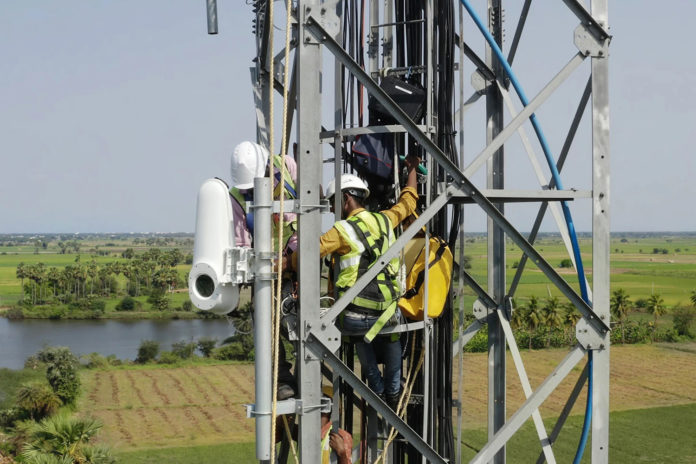There are many places in the world where high-speed internet access is not yet possible, at least through the standard method of cable laying. Google‘s parent company, Alphabet, aims to solve this problem with Project Taara, which replaces fiber optic cables with light beams. It aims to develop a new way of providing cost-effective, high-speed Internet connection in hard-to-reach places, rural areas, and disaster-stricken spots.
Formerly known as The FSOC Project, Project Taara is developing wireless optical communication technology that delivers high-speed, high-capacity connectivity over long distances using light beams. It uses light as a narrow, invisible beam to transmit information at very high speeds. This beam is sent between two small Taara terminals to create a link.
A single Taara link can cover distances up to 20 km and can transmit bandwidth of up to 20 Gbps or more, which is enough connectivity for thousands of people to be watching YouTube at the same time. By creating a series of links from the project partner’s fiber-optic network over the ground to underserved areas, Taara’s links can relay high-speed, high-quality internet to people.
“It’s important that the signal between Taara’s terminals isn’t interrupted, so Taara’s units are placed high up on towers, poles, or rooftops,” writes Mahesh Krishnaswamy, General Manager for Project Taara, in a blog post. “Taara links offer a cost-effective and quickly deployable way to bring high-speed internet access to remote areas and help plug critical gaps to major access points, like cell towers and WiFi hotspots.”
Project Taara is now working with Econet Group and its subsidiaries to expand and enhance affordable, high-speed internet to communities across their networks in Sub-Saharan Africa. Taara’s links will begin rolling out across Liquid Telecom’s networks in Kenya first. They will help provide high-speed connectivity in places where it’s challenging to lay fiber cables or where deploying fiber might be too costly or dangerous. For example, over rivers, across national parks, or in post-conflict zones. This is the first roll-out of Taara’s technology in Africa and follows a series of pilots in Kenya last year.
Once operational, it is expected that the new connection will enable distance education and work, as well as generally have a positive impact on local communities.
